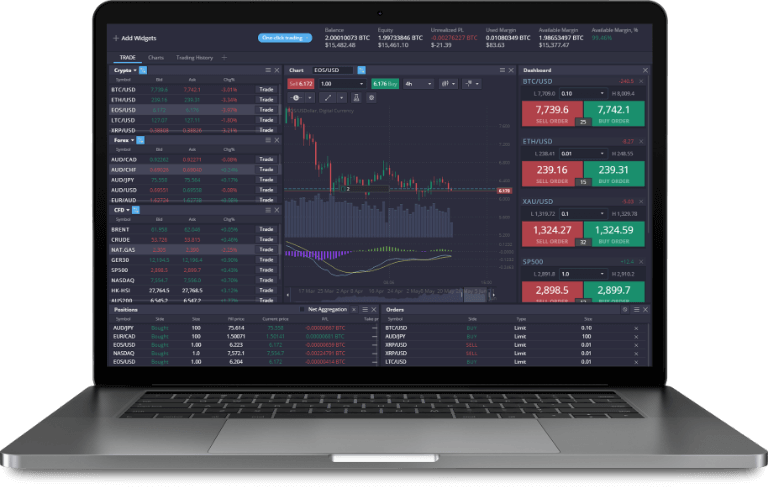
Understanding the Trading Fee Structure
When engaging in trading, one of the most critical aspects to consider is the fee structure associated with the platform you choose. Understanding the trading fee structure can significantly impact your overall profitability and trading strategy. Whether you are trading stocks, cryptocurrencies, or forex, being well-informed about different types of fees can help you avoid unexpected costs that could erode your gains. For those curious about specific details, you can explore the Understanding the Trading Fee Structure on PrimeXBT trading fees on PrimeXBT for more insights.
What Are Trading Fees?
Trading fees are charges that brokerage or trading platforms impose on traders for executing transactions. These fees can take several forms, some of which include:
- Commission Fees: A fixed amount or a percentage of the trade value is charged per transaction.
- Spread: The difference between the bid price and the ask price, which serves as an indirect fee.
- Overnight Fees: Charges applied to positions held overnight.
- Withdrawal Fees: Fees applicable when withdrawing funds from your trading account.
Types of Trading Fees
1. Commission Fees

Commission fees are straightforward and transparent to the trader. Many platforms charge a flat fee per trade or a percentage of the total trade value. For example, a trader may face a commission of $10 for every trade made, or 0.1% of the total trade value. Understanding these fees is essential as they can vary significantly between platforms.
2. Spread
The spread is crucial in trading, especially in forex and cryptocurrency markets. This fee is not always explicitly presented as a cost; instead, it is embedded in the price you pay. For example, if the bid price for a currency pair is 1.3000 and the ask price is 1.3020, the spread is 20 pips. Traders need to take this into account when calculating their potential profits or losses.
3. Overnight Fees
Overnight fees, also known as swap fees, are incurred when a trader holds a position overnight. While not charged by all platforms, those that do often calculate these costs based on the interest rate differential between the two currencies involved in a forex trade. This fee can add up, especially for long-term traders or those who hold significant positions.
4. Withdrawal Fees
Withdrawal fees can vary between platforms and are an important consideration. Some exchanges may offer free withdrawals up to a certain limit, while others may charge a flat fee or a percentage of the amount withdrawn. Understanding these fees will ensure that traders can accurately assess their overall costs and return on investment.
How Trading Fees Impact Your Strategy

The structure of trading fees can affect a trader’s strategies, including their decision on how long to hold positions and what types of assets to trade. For example, a trader who plans on making a large number of small trades may be significantly impacted by commission fees, while a trader focused on larger trades might be more concerned about the spread.
Additionally, understanding the fee structure might influence your choice of trading style. Swing traders may be less affected by overnight fees since they tend to hold positions for several days, while day traders looking for quick profits may want to minimize fees associated with holding positions overnight.
Finding the Right Trading Platform
Choosing a trading platform that aligns with your trading strategy involves examining the fee structure closely. It’s advisable to compare different platforms regarding their fees to determine which one provides the most cost-effective way for you to trade.
Factors to consider include:
- Type of fees (commission, spread, withdrawal, etc.)
- The overall trading experience (ease of use, features, etc.)
- Regulatory compliance and security measures
- Reputation and customer service
Final Thoughts
In conclusion, understanding the trading fee structure is crucial for any trader looking to maximize their returns. Fees can dramatically influence the effectiveness of your trading strategy and overall profitability. By being aware of all the different fees and how they apply to your trading actions, you can make more informed choices that better serve your financial objectives.
Always do thorough research on a trading platform’s fees before making a decision, and remember to keep an eye on any changes that may occur in the fee structures in the future.
